
From Istanbul to Bordeaux to Kobe, 10 places synonymous with a food or drink and what to do there apart from sampling their products
- Kobe beef, Parmesan cheese, Darjeeling tea – some foods and drinks are deeply connected to their city or region of origin, with certificates to prove it
- We have sightseeing tips for such food and drink capitals as Bordeaux and Cognac in France, the home of Pu’er tea, and an English town known for its pork pies
Protected Designation of Origin (PDO) is a European Union certification guaranteeing that the quality, characteristics and reputation of a food or drink are deeply connected to a geographical location.
This means, for example, that a winemaker in Portugal’s Douro Valley can insist that fortified wines from elsewhere in the world cannot be labelled and sold using the word “port”.
Here are 10 culinary items that are prepared, processed and produced in a particular place, along with some sightseeing suggestions for when you’ve finished all the tasting and testing.
1. Cognac

To learn some of the secrets involved in crafting the famed brandy, join a tour of a distillery such as Hennessy, Remy Martin or Courvoisier.
Hennessy cognac heir on why rappers are good people
First, though, while you still have a clear head, stroll the medieval streets of Cognac’s old town and the English-style public gardens. Next, book a ride on a riverboat and glide along the Charente, through serene landscapes punctuated by verdant vineyards and pretty villages.
2. Bordeaux

3. Parmigiano Reggiano
In 2020 and again in 2022, financial newspaper Il Sole 24 Ore ranked Bologna as the best place to live in Italy. It’s a handsome city of picturesque piazzas and porticoed streets that provide shade from the blazing sun.
From Piazza Maggiore, wander past 13th century palaces and ancient markets to the world’s oldest university, which was founded in 1088. Bologna once boasted more than 150 towers, built by the rich to flaunt their wealth and as lookouts from which to watch for invaders.
The steep, winding climb up Torre degli Asinelli rewards visitors with stunning city views, although the vertigo-inducing perspective is not for everyone.
4. Melton Mowbray pork pies
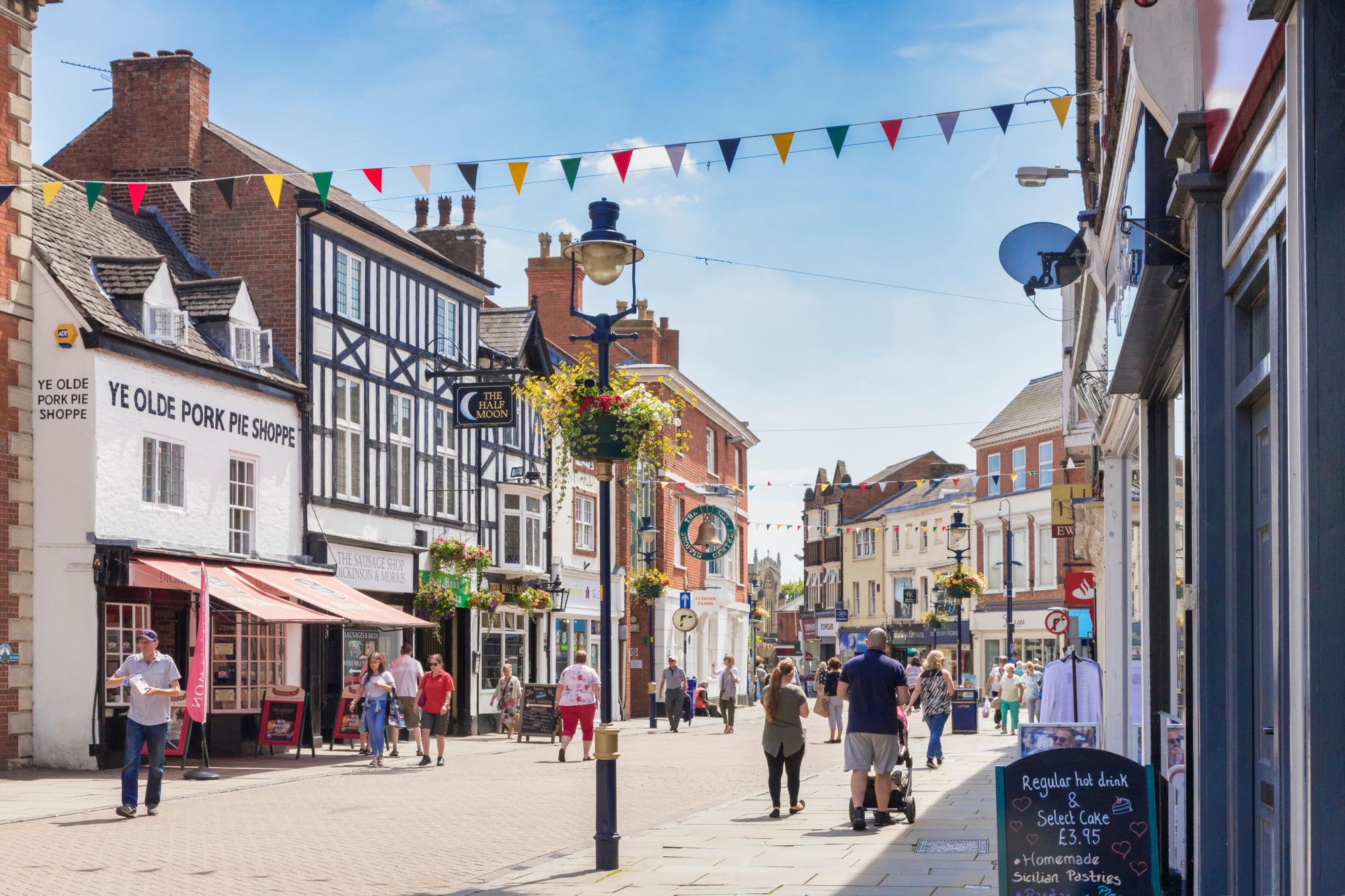
Originally a handy portable snack for farm workers and fox hunters on horseback, Melton Mowbray pork pies have Protected Geographical Indication (PGI), a similar accreditation to PDO.
If you find yourself in the self-styled Rural Capital of Food, stock up at Ye Olde Pork Pie Shoppe, the only remaining bakery of its kind in the English East Midlands.
Market day is Tuesday, when the streets fill with shoppers determined to bag a bargain, but the best time to visit Melton Mowbray is during PieFest (August 3 and 4 in 2024). The meat and pastry lovers’ jamboree features demonstrations, workshops, tastings and competitions.
5. Stilton cheese
In pursuit of culinary immortality, 903 bakers participated in the 2023 British Pie Awards bake-off, also held in Melton Mowbray, in March.
The supreme champion was a masterpiece featuring steak, ale and Stilton cheese – which, coincidentally, is another PDO product, made only in the English counties of Nottinghamshire, Derbyshire and Leicestershire.

6. Darjeeling tea
The British began planting Camellia sinensis bushes here in the 1840s but it wasn’t until 1881 that the colonials completed the Darjeeling Himalayan Railway. The steam trains not only offered convenient access to the Queen of the Hills but also played a vital role in transporting tea down to the plains and onwards to the rest of the world.
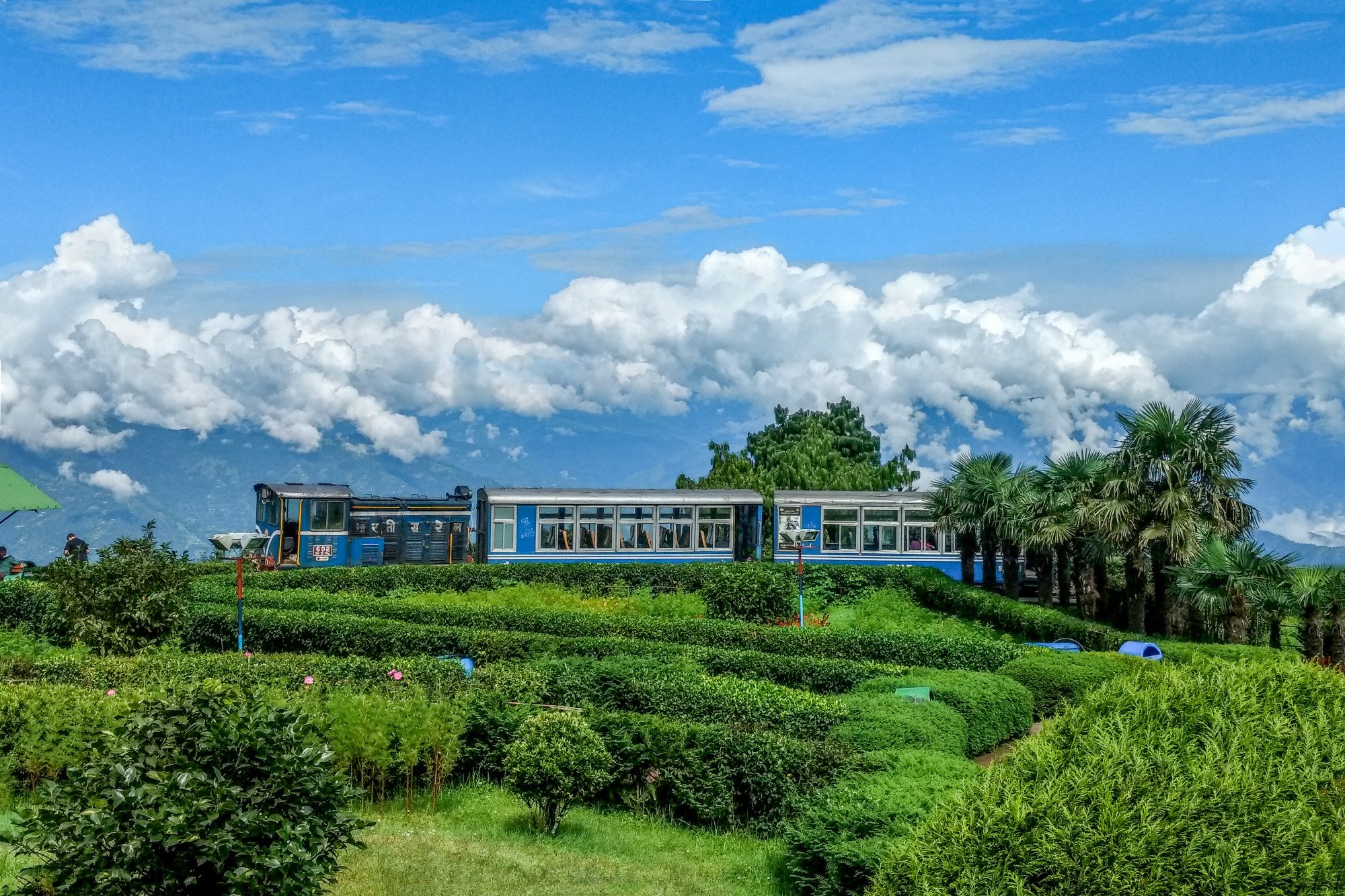
Nowadays, the railway attracts traders, tourists and train buffs alike. During the 88km (55-mile) journey from New Jalpaiguri station to Darjeeling, the train climbs more than 2,000 metres (6,500ft) and the vistas get better with every switchback. Be sure to book seats in advance.
7. Kobe beef
Japan has its own GI system that guarantees the protected status of food products such as Kobe beef. To produce it, thoroughbred Tajima Wagyu cattle are grain fed for 500 days, which results in meat of superior texture, with a rich, buttery taste and an eye-watering price tag.
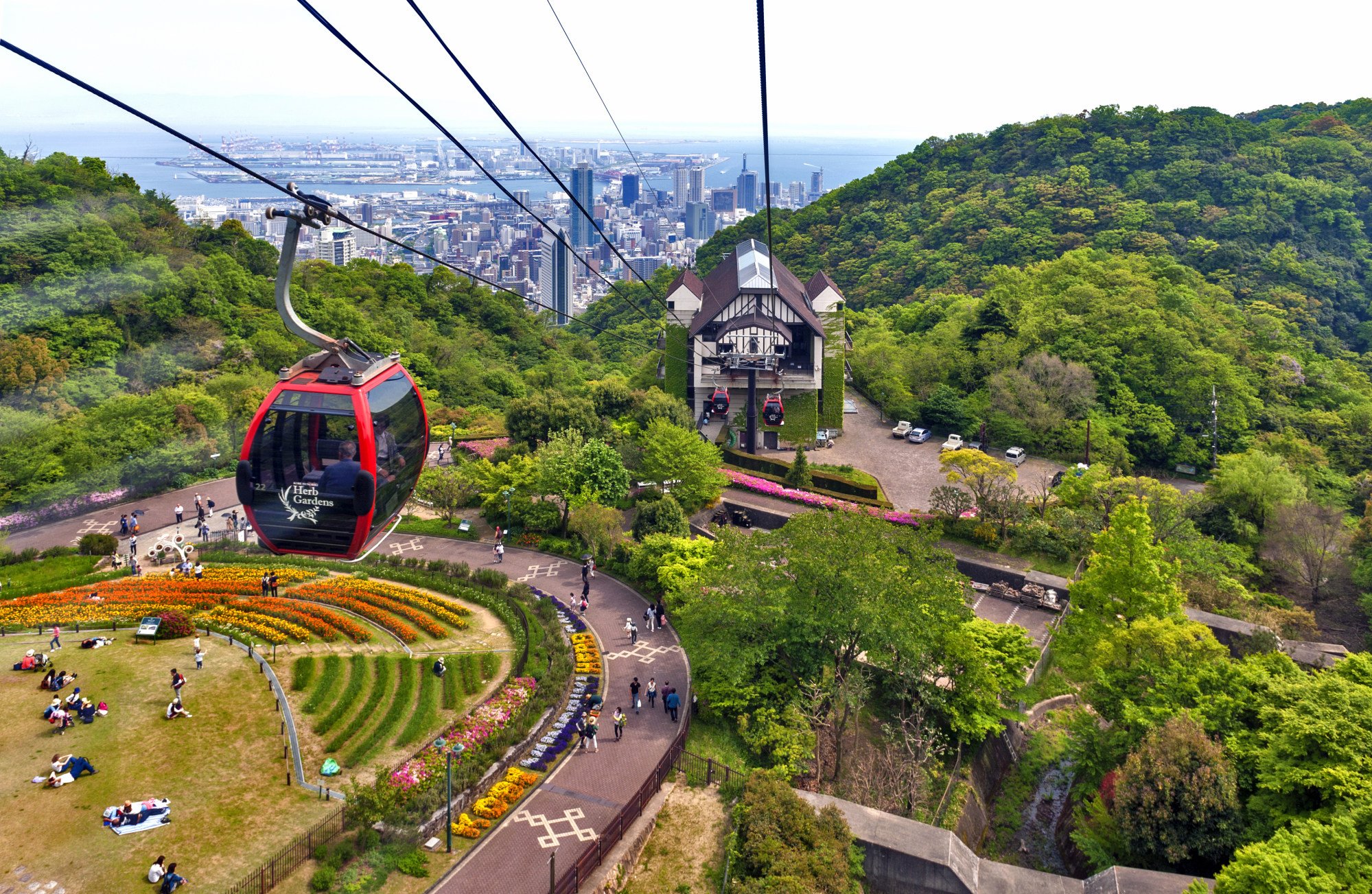
Hemmed in by Mount Rokko, Mount Maya and the waters of Osaka Bay, the attractive port town of Kobe appeals to hikers and historians. The compact, walkable city was home to one of the first foreign settlements after Japan reopened to the world in the mid-19th century and has the Western-style mansions to prove it.
Kobe is an easy day trip from Kyoto or Osaka.
8. Pu’er tea
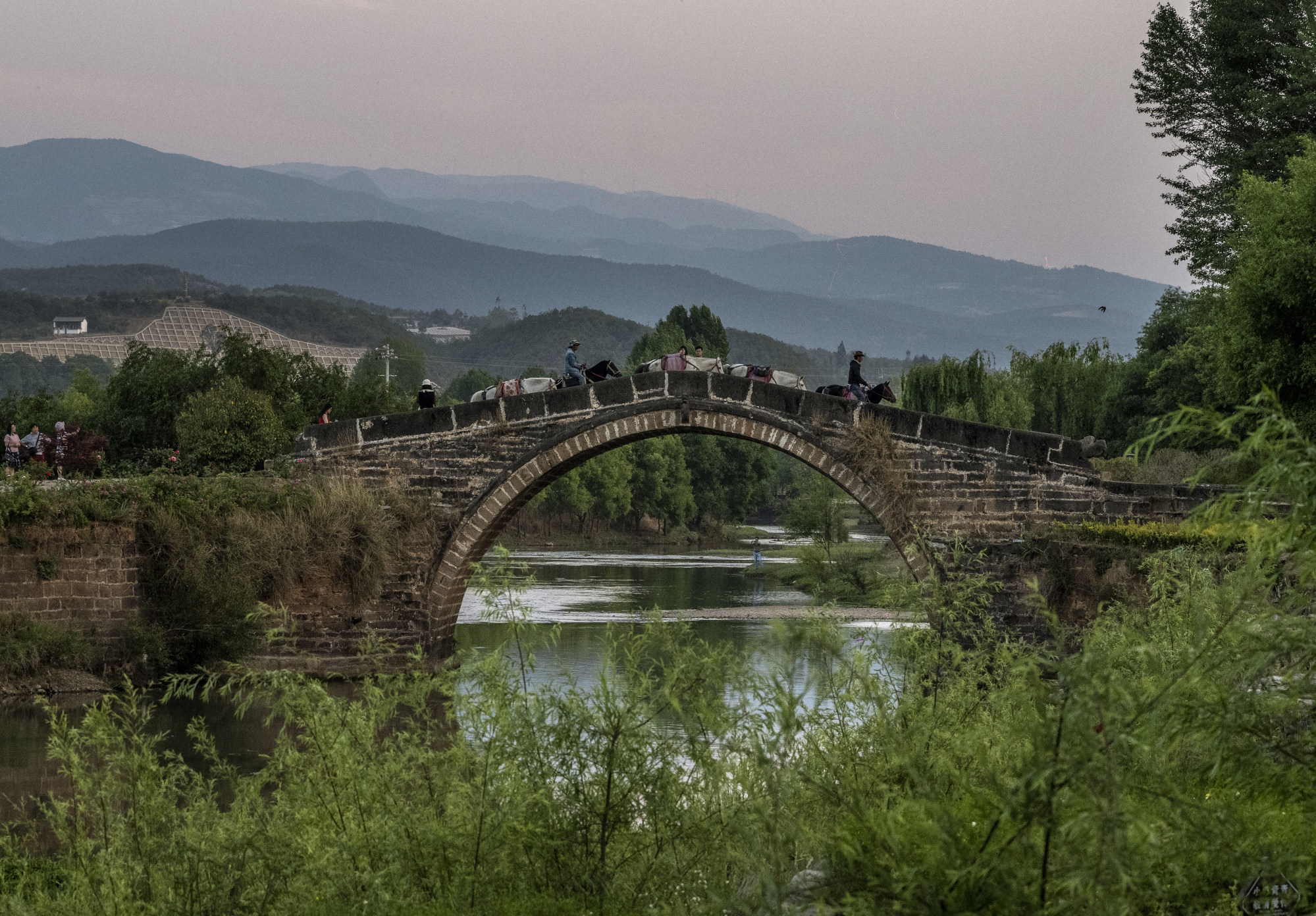
In 2021, China and the EU implemented a GI protection system to safeguard location-specific items including Pu’er tea, a fermented beverage that some studies suggest can help reduce the risk of heart disease and lower cholesterol.
9. Phu Quoc fish sauce

Made with fermented anchovies, salt and water for more than 200 years, Phu Quoc fish sauce gained PDO status in 2013.
After stashing a few bottles of the savoury condiment in your suitcase, you might like to explore the Vietnamese island of the same name where it is made, which lies off the coast of Cambodia, in the Gulf of Thailand.
The Unesco Biosphere Reserve offers a wide range of activities including hiking, camping and birdwatching.
10. Baklava
Baklava is made from layers of filo dough filled with chopped nuts and sweetened with honey or syrup.
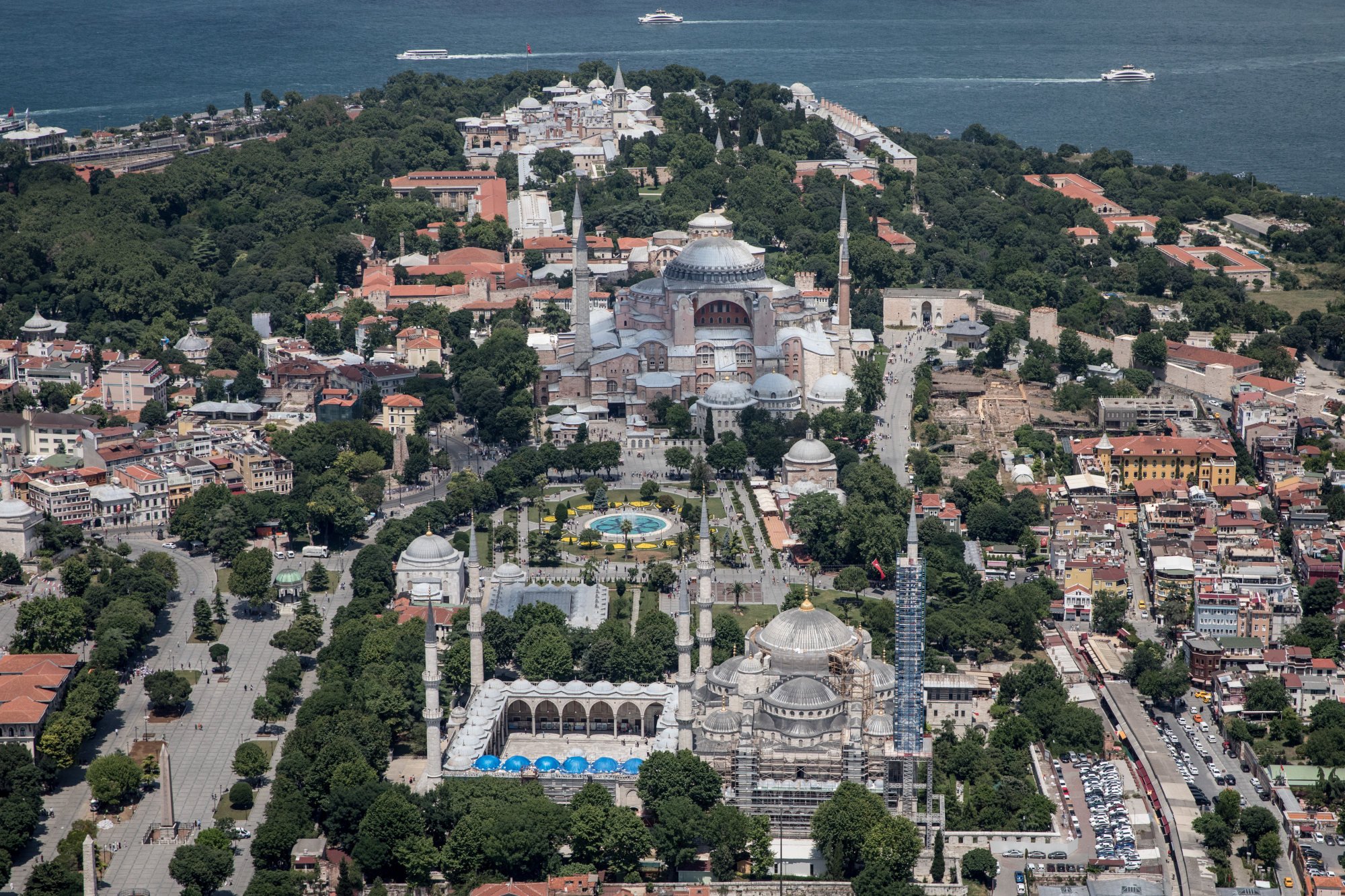
The opulent residence was once the home of sultans, and tours of the lavishly decorated pavilions, jewel-filled Treasury and 300-room harem give a glimpse of how the high life was lived during the Turkish Ottoman Empire.
Afterwards, with dusk approaching, take a taxi to Galata Tower, then huff and puff up the 146 steps. Point your camera across the Golden Horn towards the harbourside Eminönü district, click away and you’ll have a magnificent, minaret-studded memento.

